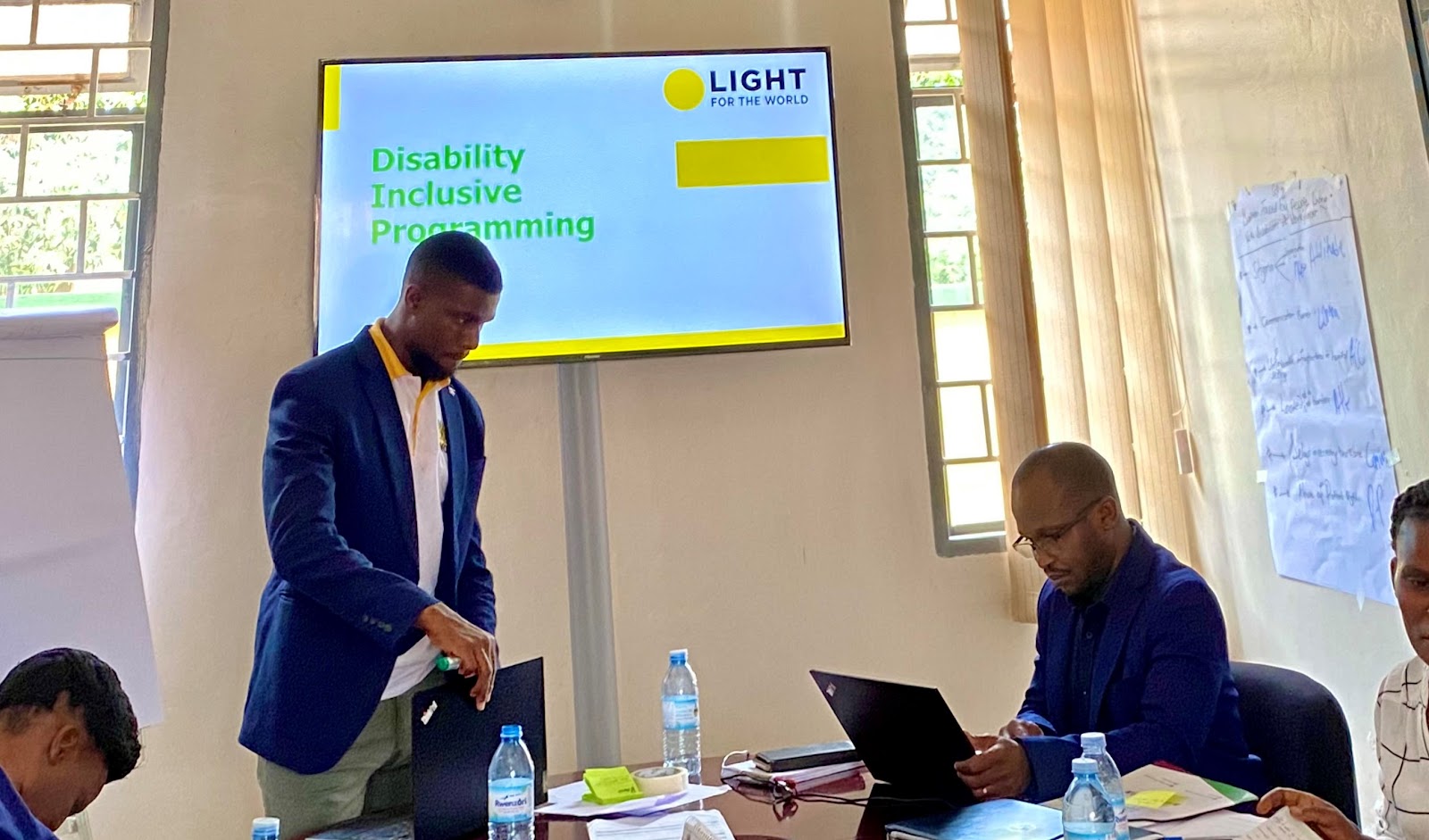TECHNOLOGY IS AN EMPTY PROMISE WITHOUT ACCESSIBILITY AND CONNECTIVITY
The first challenge
that comes with addressing accessibility concerns defining
terms.
Broadly, “accessibility” refers to allowing individuals with
disabilities to use a system as easily as someone without disabilities.
Estimates put the number of students in higher education with disabilities at
around 10 percent -- though that number is complicated by the fact that
many students with disabilities don’t feel empowered to share those details.
Looking
at the current prevailing crisis of Covid19, if you don't live in a major urban
area, you might have a much less consistent experience when it comes to getting
fast broadband. For many, internet connections range from low speed to no
connection at all. I got to hear first-hand how this is directly impacting some
of our Children in the rural areas as they are adjusting to remote schooling.
This disparity of
access truly impacts people’s lives, as many children are deprived of one of
their human rights: education. Internet access has become a basic human right.
Hoping our society works quickly to fix this inequity in our system.
Under a federal law
established in 1973, organizations are required to ensure equal accessibility
for people with disabilities. That law and subsequent federal guidance served
as the basis for a 2013 case in which a blind
Louisiana Tech University student successfully sued the institution because his
professor didn’t provide an alternative to an internet-based application he
couldn’t use. The judge ruled that the institution needed to allow that student
and all others to be integrated into a class, rather than separated based on
availability.
Institutions should
work harder to ensure digital accessibility than ever before. Technology tools
in the LMS and elsewhere can help, but only so much if connectivity and
accessibility is streamlined




Comments
Post a Comment